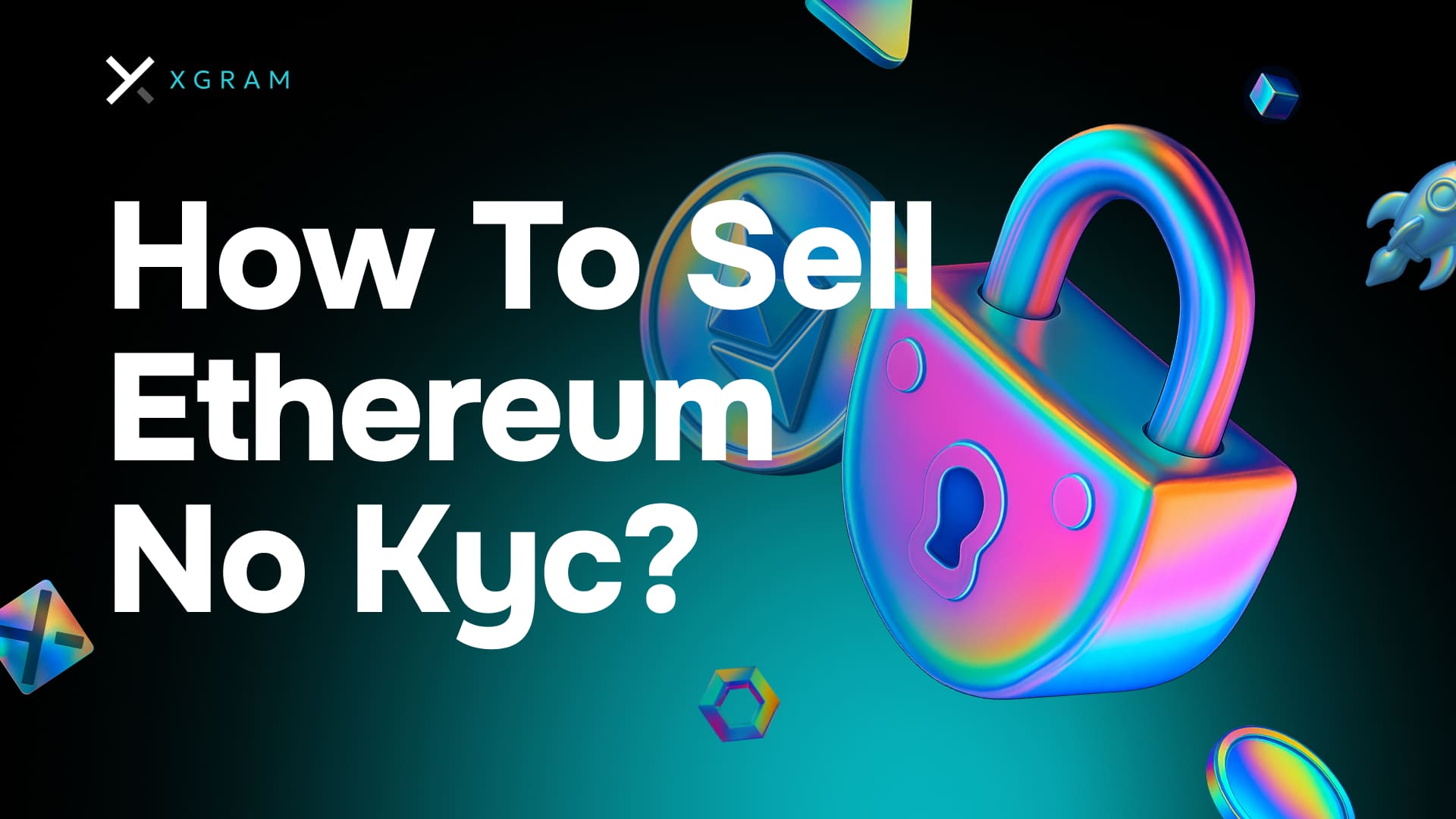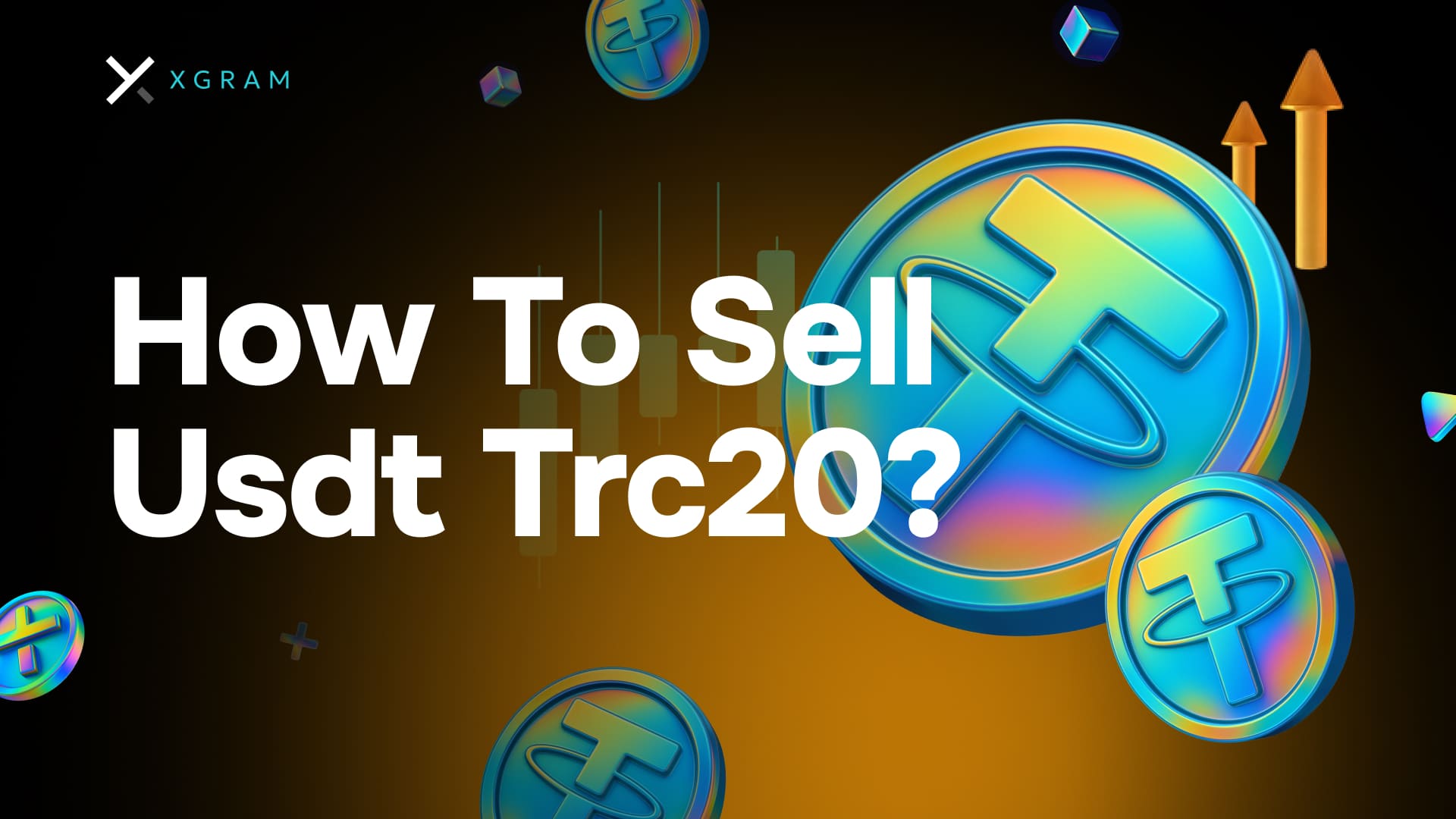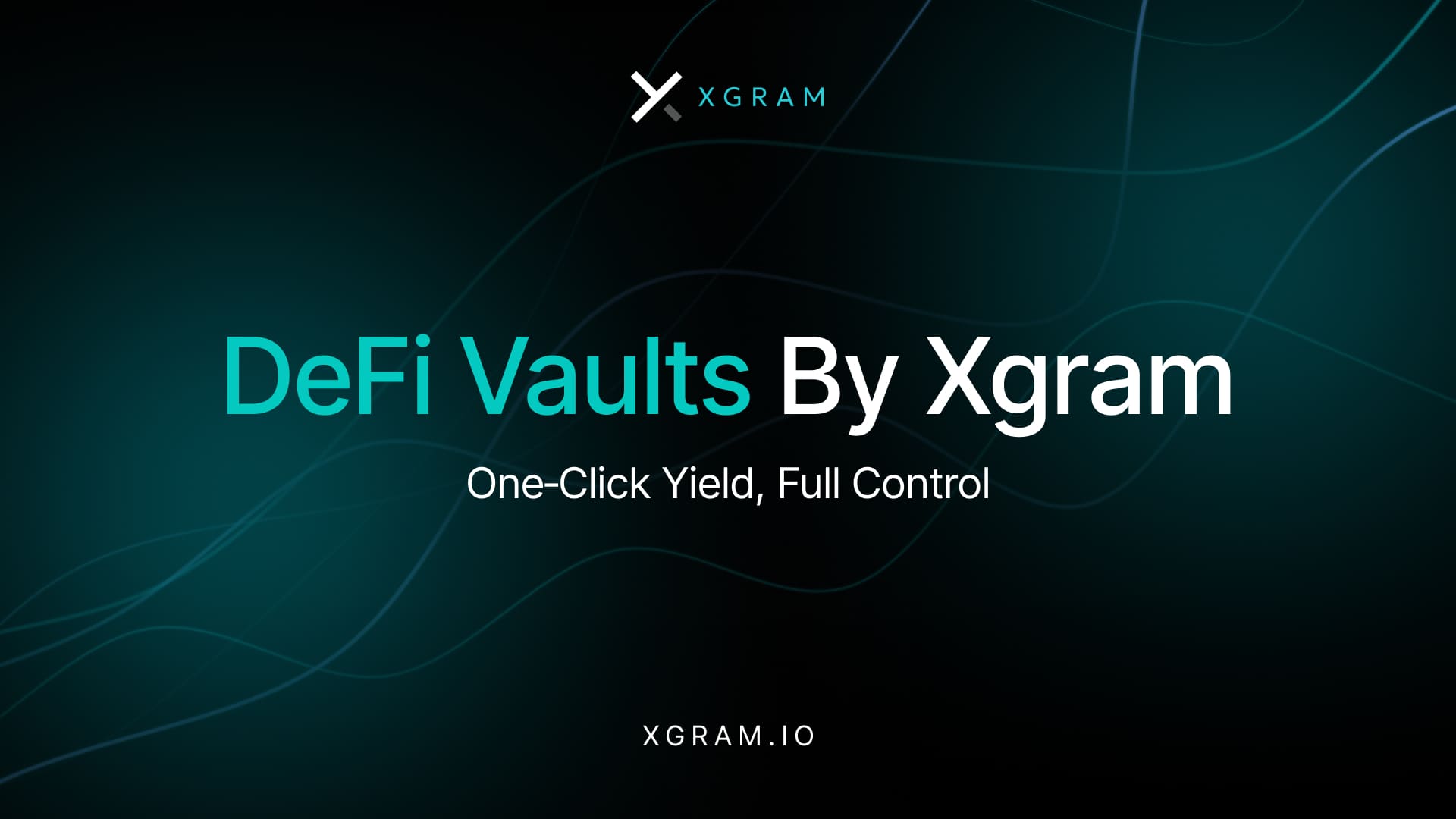Your source for the latest cryptocurrency news — trends, analysis, and market movements.

How to sell Ethereum no KYC can be a game-changer if you want more control over your personal data or you simply prefer a quicker transaction. By bypassing lengthy identity checks, you can convert your ETH into cash or other cryptocurrencies on your own terms. In this guide, you will learn the ins and outs of no KYC selling, explore several platform options, and discover practical steps to avoid common missteps.

How to sell bitcoin fast 2025 is on the minds of many first-time crypto sellers. You want a method that is quick, safe, and easy to understand. In this guide, you will learn clear steps to convert your Bitcoin into cash or other assets without unnecessary hassle. Below is a quick TL;DR if you want the essence in a few lines before diving deeper:

You want to learn how to sell USDT to Wise quickly and confidently, but it is easy to get lost in the details if you are new to cryptocurrency. From finding the right exchange to protecting your funds, each step matters. Mistakes can get expensive, especially if you mix up network fees or overlook currency conversion rates. You deserve a clear path that helps you cash out without pain points.

If you have ever wondered how to sell crypto to PayPal and access your funds in record time, you are in the right place. Below is a clear roadmap that explains how to convert digital assets into USD or your local currency through PayPal. You will learn which platforms to use, how to minimize fees, and how to avoid common mistakes. Before diving into details, here is your TL;DR.

How to sell bitcoin to SEPA can feel confusing at first. You might worry about security, fees, or missing a key step. Relax. This guide is here to bring it all together, from choosing the right platform to navigating potential pitfalls. You will learn the exact process, compare options like centralized exchanges or peer-to-peer (P2P) services, and master a few insider tips to avoid common mistakes.

You want to figure out how to sell USDT TRC20 reliably as a beginner. This stablecoin, hosted on the Tron network, brings quick transaction speeds and typically lower fees than some other blockchain variants. If you are just starting out, you might not be sure which method is best, how to avoid tricky fees, or what steps to follow. Below, you will find a simple roadmap to help you navigate your selling journey with confidence.

TL;DR: You want to learn how to sell crypto instantly without the usual headaches. The key is to pick a reliable platform, understand any fees or liquidity issues, and make sure your steps are fully secure. By choosing the right solution and timing your transactions, you can avoid the most common mistakes and convert your coins in just a few steps.

We’ve built an all-in-one crypto yield marketplace that makes earning on-chain simple, transparent, and secure.

Mastering how to sell Pepe Coin can feel like a puzzle at first, especially if you are new to the world of crypto. You might worry about hidden fees, complicated exchange steps, and the risk of sending your coins to the wrong place. Yet once you understand the basic concepts, you will realize it is much simpler than you imagined. Below, you will find a clear roadmap to help you avoid mistakes, pick the right method, and confidently convert your Pepe Coin whenever you want.

TL;DR: If you want to learn how to sell bitcoin anonymously, you should first understand the different methods available and the level of oversight each approach requires. Consider private peer-to-peer (P2P) exchanges, instant swap services, or decentralized platforms to keep transactions off mainstream radar. Stay mindful of potential legal requirements in your area, and take steps to safeguard your identity. By combining the right platform with privacy best practices, you can make your bitcoin trades discreet and secure.

If you are wondering how to sell Polkadot, this guide will show you exactly what to do before, during, and after your transaction. In the next few minutes, you will discover how to minimize fees, select the right platform, and sidestep common mistakes. You will also see a clear, step-by-step path to converting your Polkadot (DOT) into cash or another cryptocurrency. Below is a quick TL;DR if you need an immediate snapshot.

If you are new to the process and wondering how to sell Near Protocol, you are not alone. Many first-time sellers feel unsure about choosing the right exchange, setting up a secure wallet, or even finding the best way to convert crypto into cash. This guide walks you through the entire journey. You will explore different selling methods, learn how to prepare your accounts properly, and get tips on maintaining security at every step.